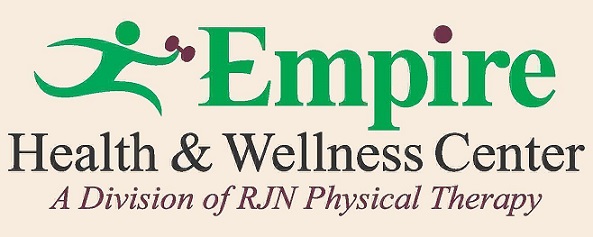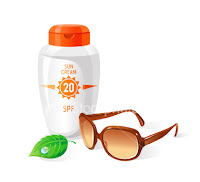 Shin splints or tibial stress syndrome is a painful injury most common to runners. This diagnosis; however, is merely a term for the symptoms of the overlaying issue such as a stress fracture or a mechanical issue originating in your feet. If you begin to have a dull aching pain in your lower leg during activity you should begin to ice immediately and anti-inflammatory medication may also be indicated. If this problem persists seek advice from a medical professional to begin a plan to address any mechanical cause of the pain through exercises to increase your strength and flexibility, It is important not to continue running "through the pain" this may continue to injure the area and make the shin splints worse. One of the best ways to help yourself as an athlete if you are prone to shin splints is:
Shin splints or tibial stress syndrome is a painful injury most common to runners. This diagnosis; however, is merely a term for the symptoms of the overlaying issue such as a stress fracture or a mechanical issue originating in your feet. If you begin to have a dull aching pain in your lower leg during activity you should begin to ice immediately and anti-inflammatory medication may also be indicated. If this problem persists seek advice from a medical professional to begin a plan to address any mechanical cause of the pain through exercises to increase your strength and flexibility, It is important not to continue running "through the pain" this may continue to injure the area and make the shin splints worse. One of the best ways to help yourself as an athlete if you are prone to shin splints is:-Wear proper footwear
-Stretch properly before activity
-Be aware of pain during activity
-Don’t run on hard surfaces
For more information, or to schedule a consultation for physical therapy, feel free to contact us at 518-690-4406 or visit our website at www.empirehwc.com or email us at ehwc7@nycap.rr.com.
William Milhizer, PT, DPT
http://www.webmd.com/fitness-exercise/shin-splints?page=2










